Your Cart is Empty
🚚 Flat-Rate FedEx Priority Overnight — Just $26.99 (Limited-Time Special!) | FREE over $200
🚚 Flat-Rate FedEx Priority Overnight — Just $26.99 (Limited-Time Special!) | FREE over $200
🚚 Flat-Rate FedEx Priority Overnight — Just $26.99 (Limited-Time Special!) | FREE over $200
by Leathyr Ramsey March 08, 2024 3 min read
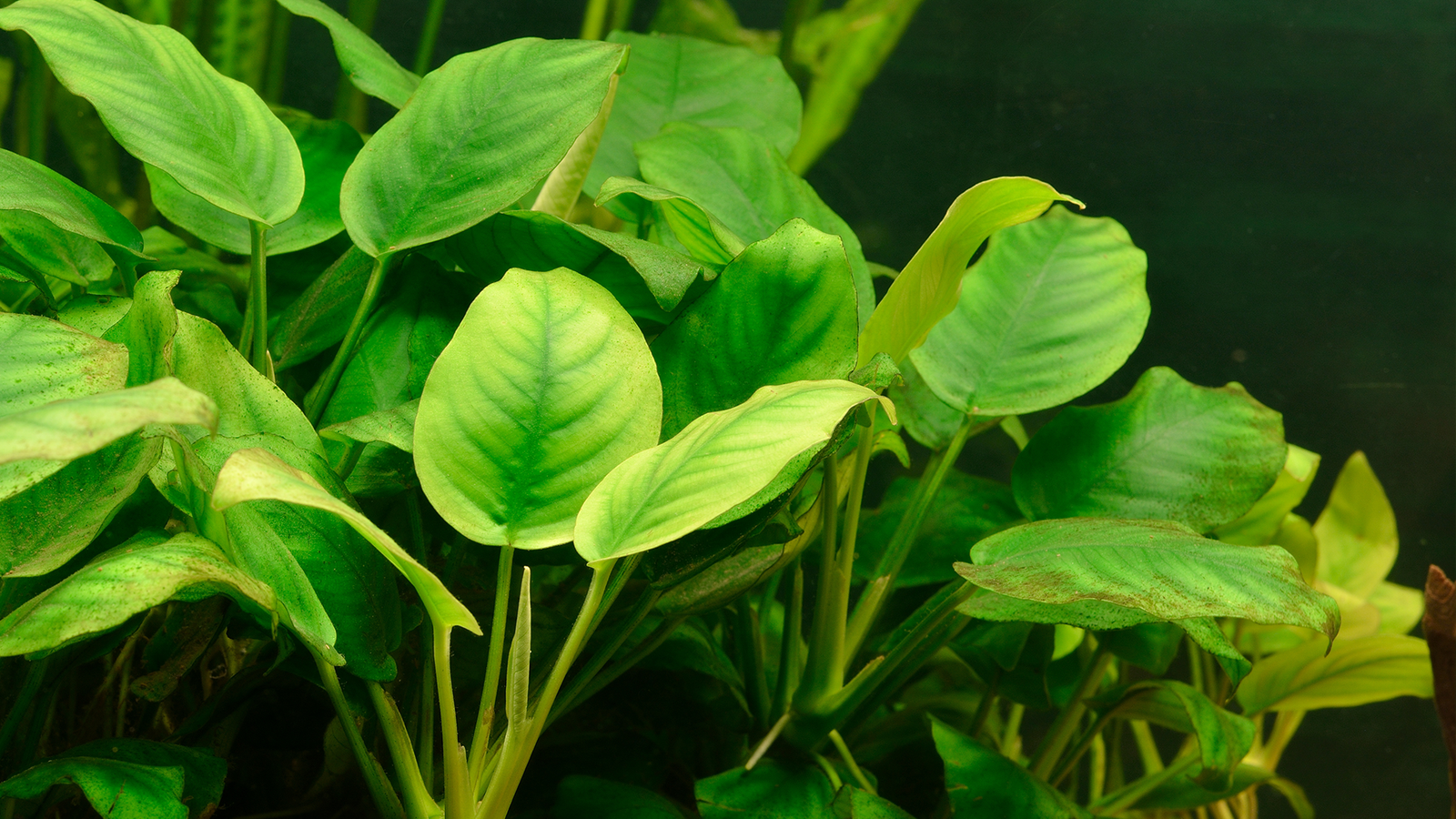
Anubias plants are renowned among aquarium enthusiasts for their hardiness, ease of care, and aesthetic appeal. Originating from Africa, these plants belong to the Araceae family and are popular choices for both beginner and experienced aquarists alike. Among the various species of Anubias available, five stand out for their unique characteristics and suitability for aquarium environments. Let's delve into the top five types of Anubias plants, each offering distinct qualities that can enhance the beauty of your aquatic habitat.

Anubias Nana Petite is a miniature variant of the classic Anubias Nana, making it an excellent choice for smaller aquariums or as a foreground plant in larger setups. Its compact size and slow growth rate make it ideal for nano tanks or for creating intricate aquascapes. Despite its diminutive stature, Anubias Nana Petite maintains the robustness and resilience characteristic of Anubias species, thriving under low to moderate lighting and requiring minimal maintenance.
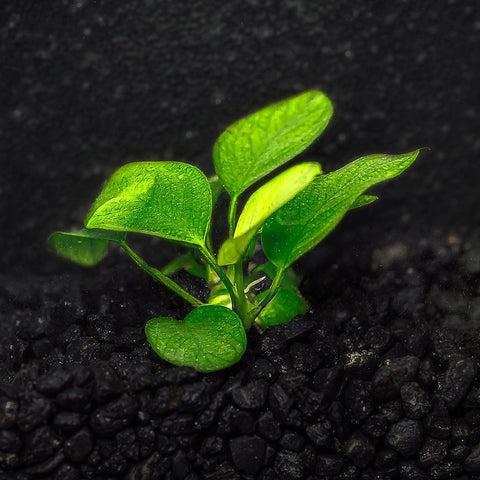
Anubias Nana is perhaps one of the most recognized and widely cultivated Anubias species in the aquarium hobby. Its lush, dark green leaves and sturdy rhizomes make it a versatile plant suitable for various aquascaping styles. Anubias Nana is well-suited for both foreground and midground placements, adding texture and depth to aquarium layouts. This species can tolerate a wide range of water parameters and is compatible with a variety of tank mates, making it an ideal choice for beginners and seasoned aquarists alike.

Anubias Nana Sp. Golden is a striking variant of Anubias Nana, distinguished by its vibrant golden-yellow leaves. This cultivar adds a splash of color to aquariums and contrasts beautifully with other greenery. Like its green counterpart, Anubias Nana Sp. Golden is undemanding in terms of care requirements and can thrive under low light conditions. Its eye-catching foliage makes it a focal point in any aquascape, whether used as a standalone specimen or incorporated into a larger layout.

Anubias Barteri is a larger species of Anubias characterized by its broad, lanceolate leaves and robust growth habit. This plant is well-suited for background placement or as a centerpiece in aquascapes, where its sizable leaves create a sense of scale and presence. Anubias Barteri is adaptable to various water conditions and can thrive in both aquariums and paludariums. Its enduring popularity among aquarists is a testament to its durability and aesthetic appeal.
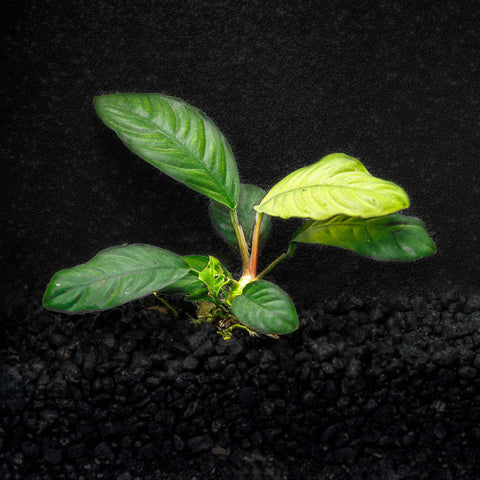
Anubias Coffeefolia is named for its distinctive coffee-colored leaves, which boast a rich, chocolate hue. This unique coloration sets it apart from other Anubias species and adds visual interest to aquariums. Anubias Coffeefolia is an excellent choice for aquarists seeking to add a touch of elegance to their aquatic displays. Like other Anubias varieties, it is undemanding in terms of care and can thrive in a wide range of environmental conditions.
In conclusion, the top five types of Anubias plants offer aquarists a diverse array of options to suit their preferences and aquarium setups. Whether you're looking for compact foreground plants, vibrant accents, or stately specimens, there's an Anubias species to fit the bill. With their resilience, versatility, and aesthetic appeal, Anubias plants continue to be prized additions to freshwater aquariums around the world.
Comments will be approved before showing up.

by Brooke Lees October 04, 2024 2 min read
Aquarium plants do much more than add beauty to a tank, they help maintain water quality and provide natural shelter for your aquatic pets. Among the many available options, Hornwort and Anacharis stand out for their versatility, ease of care, and benefits to aquarium ecosystems. Let’s dive deeper into the differences and similarities between these two popular plants.
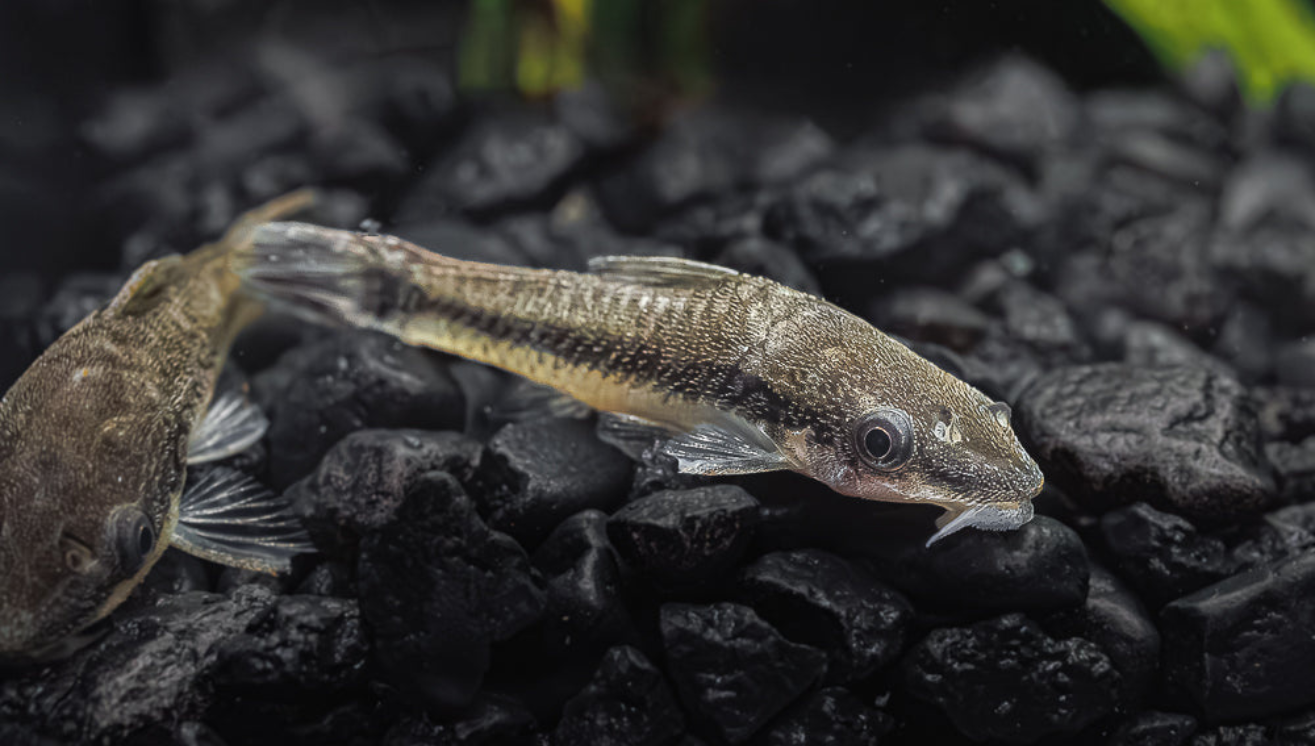
by Brooke Lees September 20, 2024 2 min read
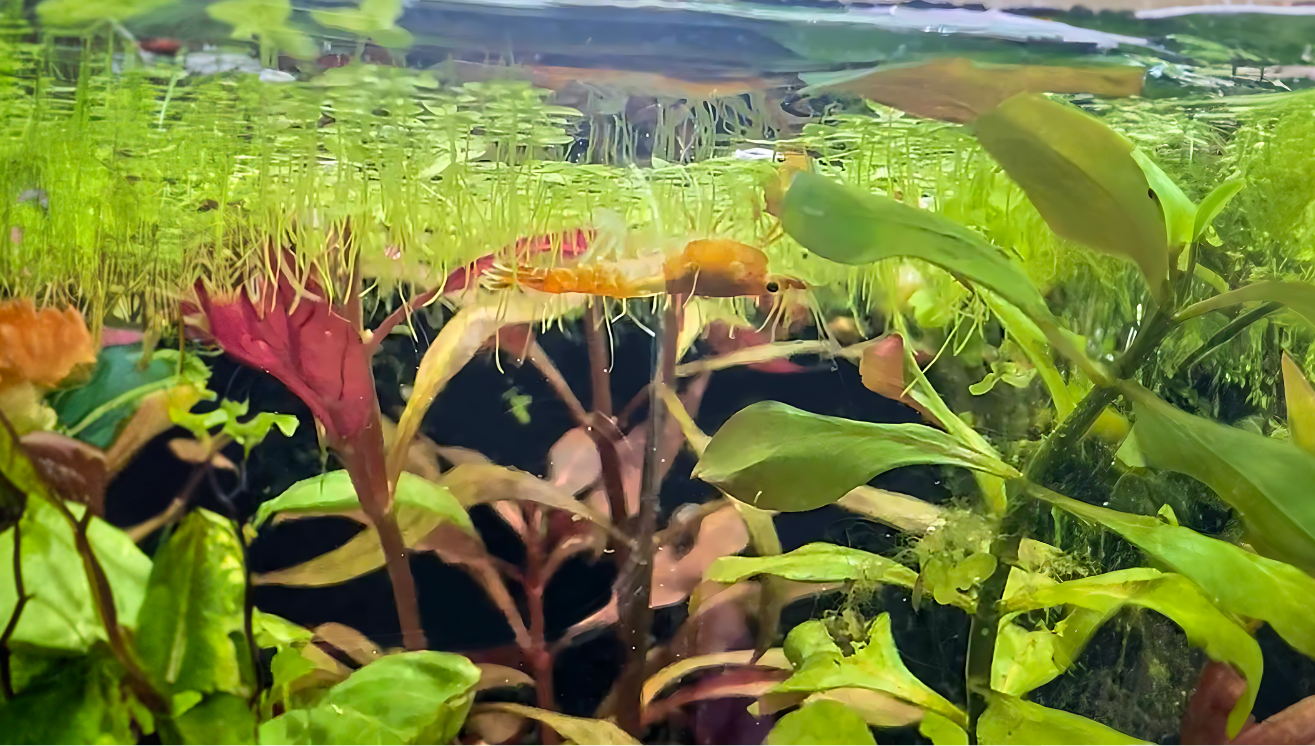
by Brooke Lees September 13, 2024 3 min read